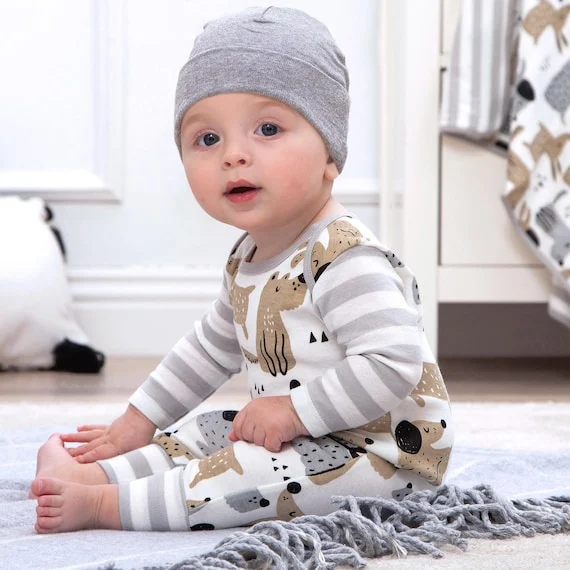On a sunny afternoon, my 7-year-old son excitedly waved my phone in front of me, showcasing a candid photo he snapped when I wasn’t paying attention. The image was blurry and poorly lit, making my flaws glaringly obvious: a double chin, noticeable wrinkles, and an unflattering angle. I even caught a glimpse of the familiar coffee stain on my shirt.
To be completely honest, my first instinct was to delete the picture when he wasn’t watching. The digital age offers us the tempting allure of erasing anything that doesn’t meet our standards. With the swipe of a finger, we can endlessly edit and filter our images until they meet our desired perfection. While this isn’t inherently negative, it often leads us to lose sight of our true selves.
However, the more I examined that imperfect photo, the more I began to appreciate it. It’s one of the rare few spontaneous captures of me, as I’m usually the one behind the camera. Most of my photos are staged: the annual family Christmas shot or a glamorous night out.
Yet, I found myself loving this candid image even more because it reflects how my children perceive me. They see my so-called flaws while watching me cook from the couch or snuggling with me in bed at night. They witness my wrinkles when I lean down for a kiss or share a meal across the table. They notice the stains on my clothes and the silly faces I don’t even realize I’m making. Yet, to them, these imperfections have never mattered.
As a mother of boys, I initially thought I was spared the complexities of body image issues that often affect mothers of daughters. We, as Gen X parents, often rally against the unrealistic beauty standards bombarding us through media. There are campaigns and articles designed to uplift girls and foster healthy self-esteem. However, we inadvertently counteract these efforts by failing to model the same acceptance for our sons.
If I criticize my appearance, I risk teaching them to do the same. Their perspective can become skewed, focusing on flaws rather than the beauty that exists within imperfections. The way I speak about myself becomes their internal dialogue, shaping their views of others as well. I want them to understand that beauty isn’t defined by flawless skin or a specific body type; beauty is about love—both giving and receiving.
So, I took another look at the photo my son proudly displayed. I paused and tried to see beyond the flaws, recognizing the essence of who I am. This is the me they know—sitting at the kitchen table helping with homework, tossing a football in the backyard, and tucking them in at night. This is the me they love.
I owe it to them, to myself, and to the girls they will encounter throughout their lives to embrace the version of myself that they see and appreciate. And I do. I cherish the laugh lines that come from joy, the weight gained from spontaneous ice cream runs, and the stains that tell stories of play. These elements are genuine reflections of who I am as a mother.
This is the me they know. This is the me they love. And this is the me I love too.
For more insights on body image and self-acceptance, check out this article on intracervical insemination as well as resources from March of Dimes regarding pregnancy. You might also find useful information on artificial insemination kits.
In summary, it’s essential to embrace our imperfections, not only for ourselves but also for our children. By doing so, we can foster a healthier outlook on body image in them and, ultimately, in ourselves.
